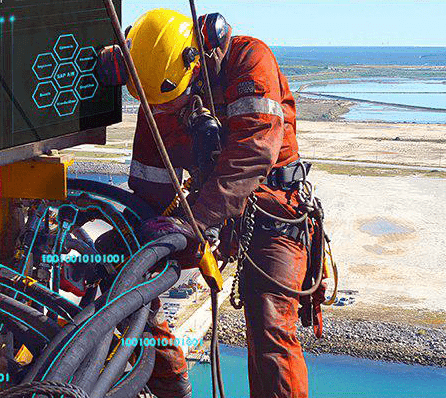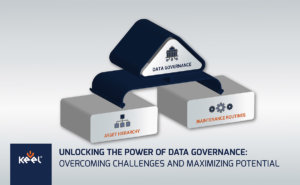Materials Classification Services
Being a cornerstone of Machine Learning and Artificial Intelligence, classification has to be based on accurate and reliable algorithms, clear labels and their succinct description. However, being able to process only clear data, AI habitually needs professional interference to perform cleansing and validation when necessary, which is what Keel experts specialize in.
There are multiple criteria by which warehouses can be organized. Failing to select the right one can result in poor work efficiency, delays and inability to use AI. Inventory can be sorted by supplier lead time, unit cost, expiration date, etc., or combine multiple classifiers. However, coming up with the most suitable one is only possible after a detailed business analysis.
Inventory classification is an effective way to facilitate parts monitoring, enabling you to keep track of your warehouse in a fast and effective manner. This is essential for a digital supply chain, which in its turn makes it possible to deploy Machine Learning technologies. It enables iterating algorithms to analyze patterns of materials movement, making manual intervention redundant.
Machine Learning facilitates supply chain management in many different ways, providing:
- Fast analysis of large amounts of data
- More accurate forecasting
- Freight costs reduction
- Determining and sorting out damaged products
- Lower inventory cost
- Faster response to customers
- Demand forecasting
- Assets-availability increase
In other words, the result of classification is a data model that describes the semantics of elements and creates stable relations to gather the information for further analytics.
In Keel, we distinguish three main purposes of classification:
- Forecasting
- Inventory management
- Production strategy
For each purpose we create classes, which are unique sets of characteristics that only particular types of Stock Keeping Unit (SKU) can fit in. In such a way, each class is unique due to distinct combinations of parameters.
Not only is classification important for better inventory management, but it also is essential to comply with such international standards as ISO14224, IEC81346, RDS-PP, ecl@ss. Each of them has unique requirements and is used in a particular industry. We have experience in helping companies to comply with all of these standards and have helped them on each stage of classification implementation:
- Transformation – transition between classification systems
- Mapping
- Update / Alignment – adding new data or alignment with a new revision of the regulation.
Our Experience:
- ISO14224 classification of functions and equipment for 24 drilling units (4 drillships, 16 Jackups, 4 semisubmersibles) and 1 Onshore oil production facility;
- IEC81346 classification of equipment; for 24 drilling units (4 drillships, 16 Jackups, 4 semisubmersibles);
- RDS-PP for over 4000 turbines since 2015;
- eCl@ss as a Proof of concept and testing its integration within SAP R3.
We are ready to help!
Request consultation, ask a question or share your feedback. Just get in touch!





